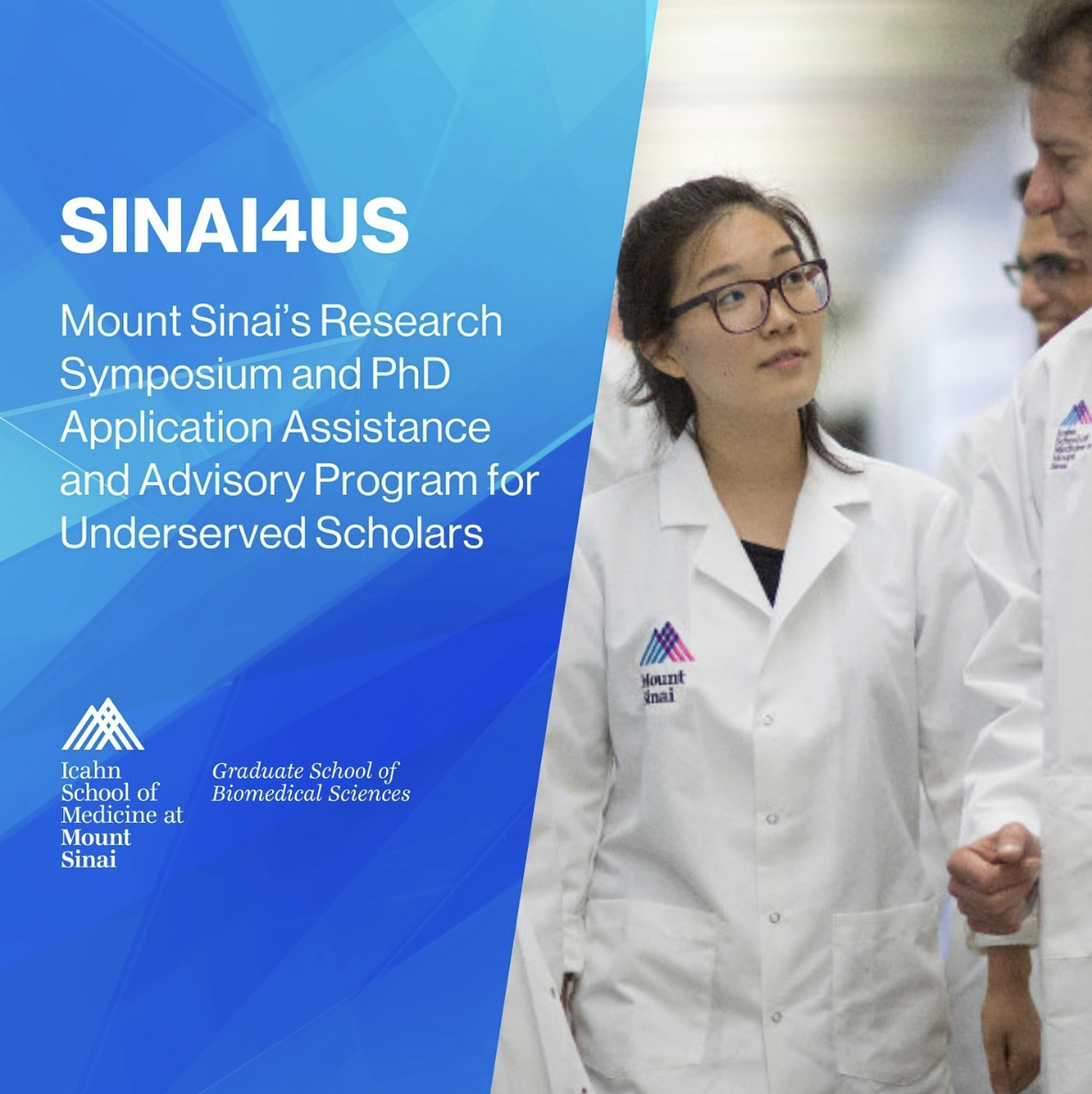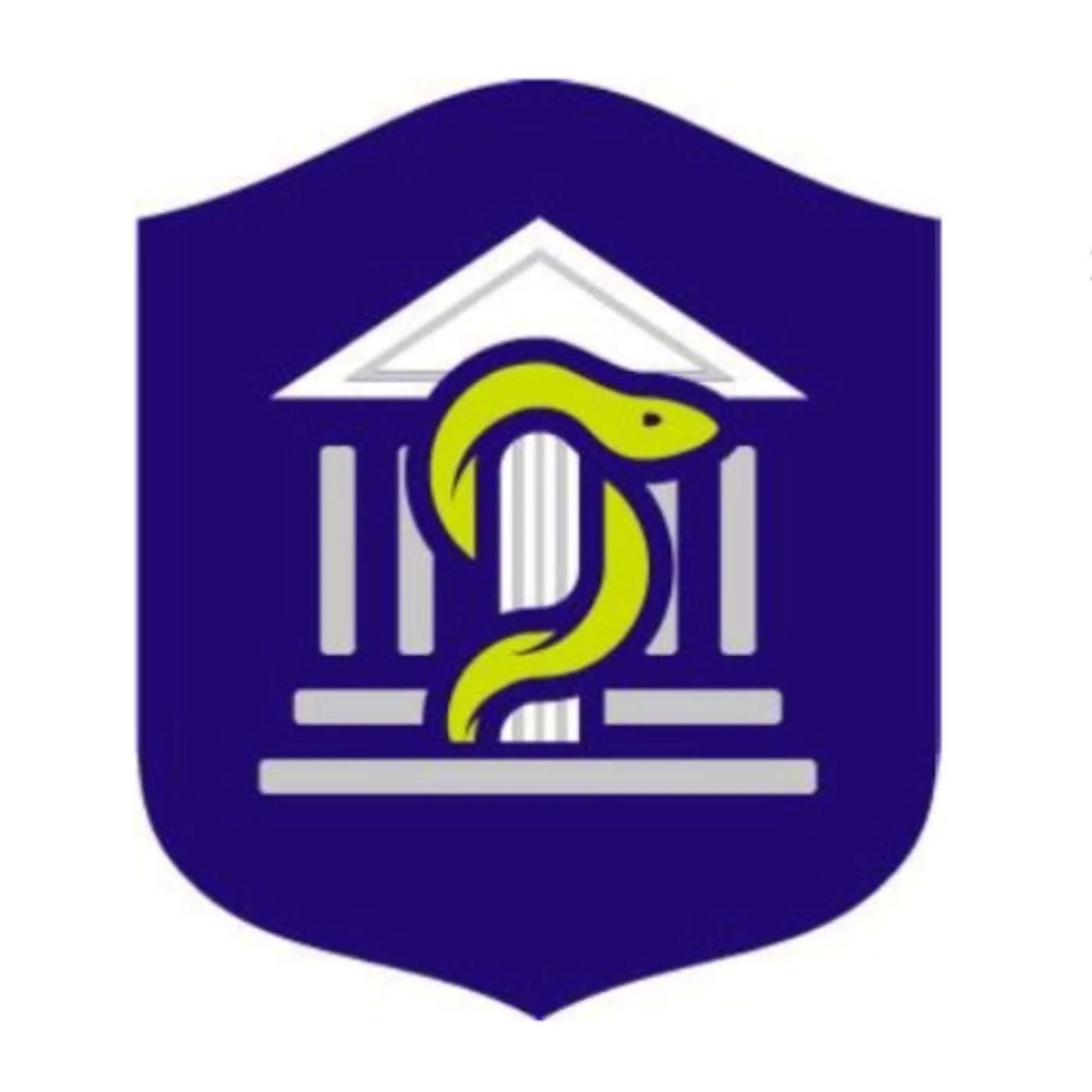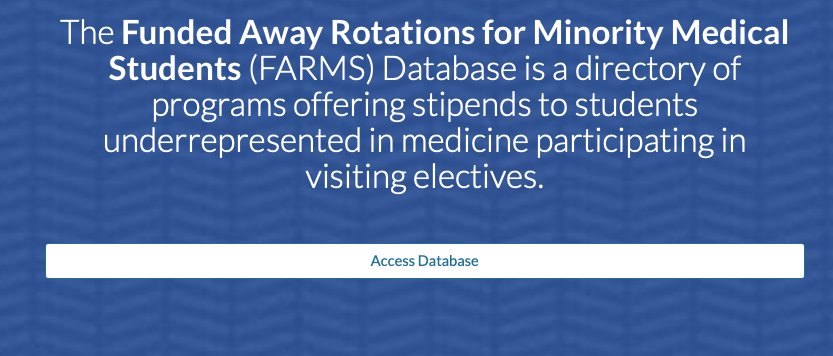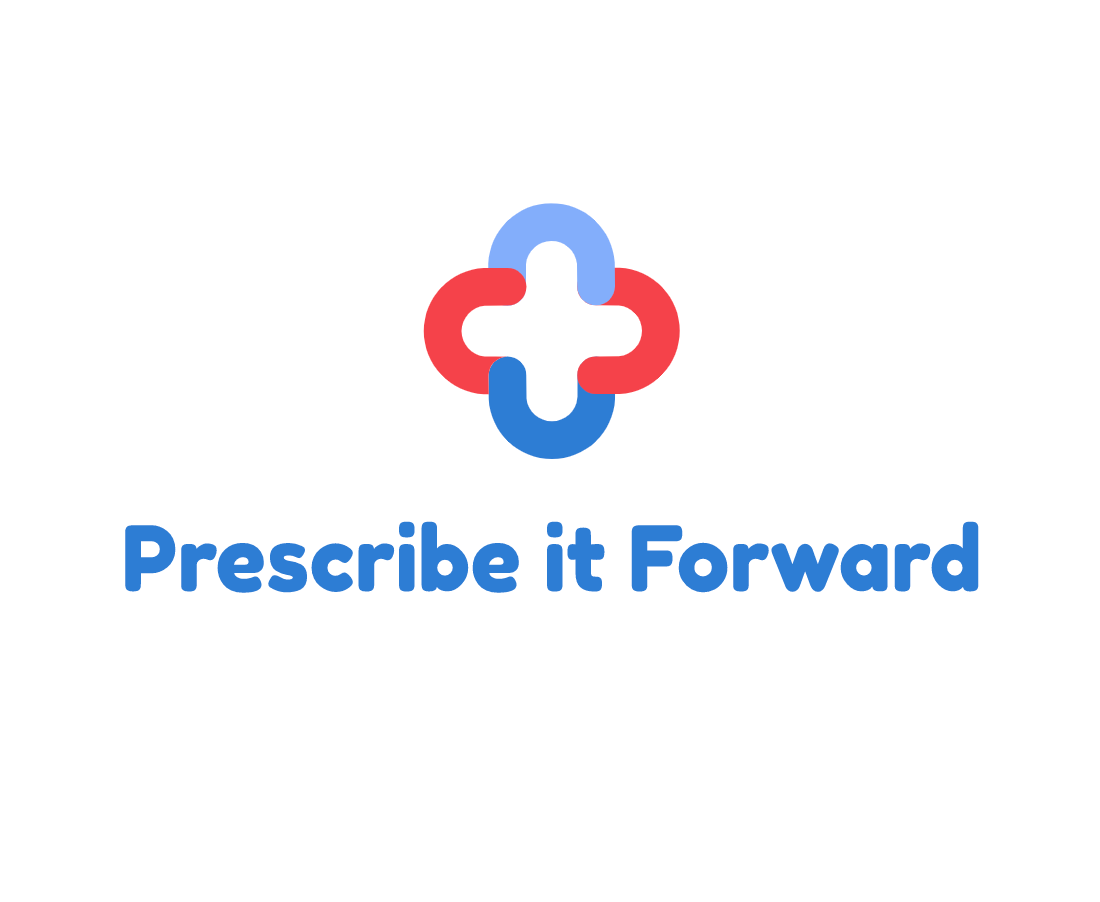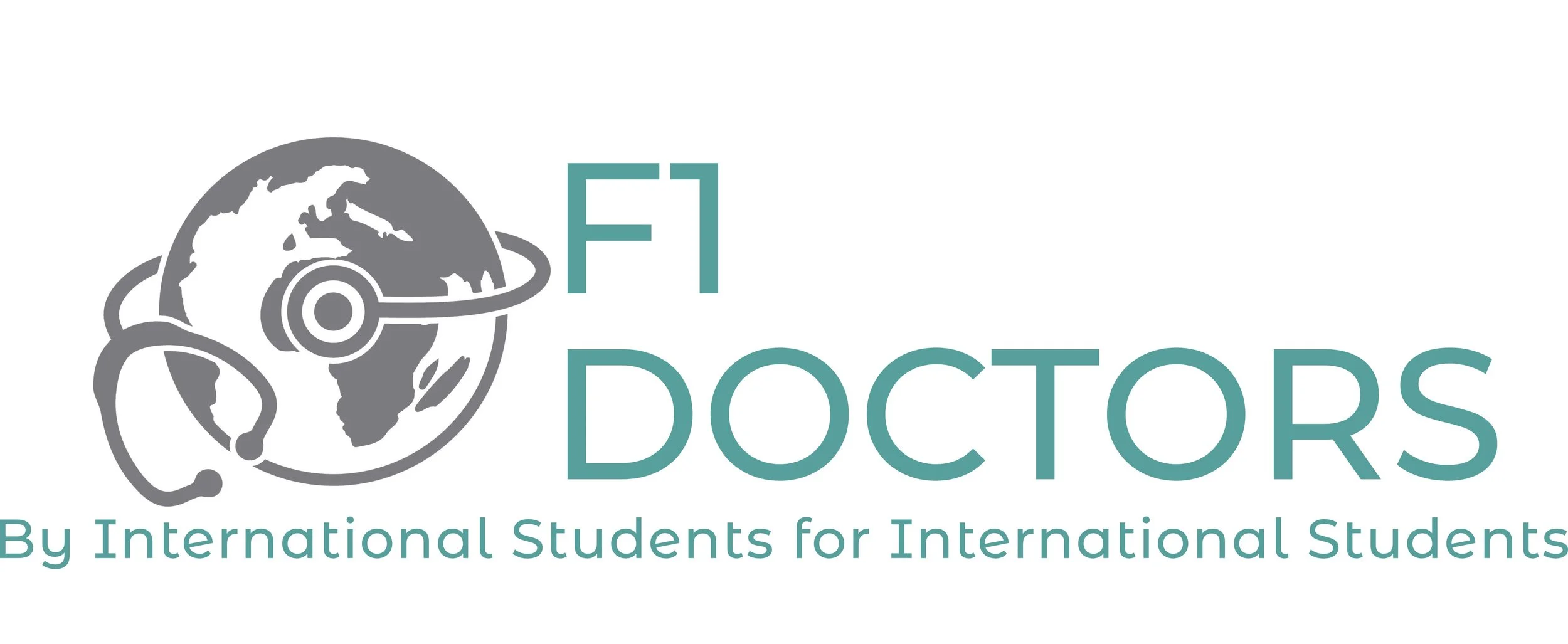Supporting FGLI Students in Medicine
Supporting FGLI Students in Medicine
Firstly, I want to send a message of love to my first-gen, low-income (FGLI) family. I know it is so stressful and heartbreaking the way our education system constantly reminds us that these institutions were not built for our inclusion. I know it is even more frustrating when this institutional discrimination is now given a pass by our federal and state lawmakers.
But no matter what, I want you all to remember that FGLI students have always and will always be a part of medicine and higher academia. You all, are some of the brightest, smartest and most important people that make up your cohorts. You all are frankly the most deserving to be in medicine with the barriers you’ve had to overcome to get into medical school, and still have to fight through as medical students as their are so many barriers that many of our classmates have the privilege of not having to think about and maneuver through to complete their education.
The lived experience you have is invaluable and will help patients who come from the same communities that raised and supported us, to feel safe within the walls of the healthcare system.
With the passing of the “Big Beautiful Big”, I know there are now a lot of questions, especially for students who are currently applying or plan to apply for med school for matriculation for Fall 2026 and beyond about what financial resources will still be around so that FGLI students can afford going to med school, and what resources are still going to be available for current students and incoming Fall 2025 matriculants.
Thus, I wanted to create this resource document that I will update as often as I can, so that students have a first stop shop as we all figure out what to do in the coming months and years. I am excited to work with so many amazing FGLI Med Students and FGLI Physicians who are also willingly to share their information, be mentors, and also be a source of comfort for students in this time.
I will also make sure to include a form at the bottom of this page so if there are any resources you find that I have not listed, because I know there will be a bunch of things out there that I likely won’t know, please share them in that form so this page can be updated with as much information as possible.
FGLI Students Belong in Medicine.
FGLI Students Deserve to be in Medicine.
FGLI Students are not only the most essential contributors to the future of medicine, but we are the embodiment of the vows and values we all swear to take on as physicians: to do no harm.
We bring generational wisdom, often enhanced by the many other intersectional identities we carry, and first hand knowledge about what it means to take care of patients from all backgrounds, irrespective of race, gender, sexuality, religion, disability and socioeconomic status.
We are the future of medicine. We will be the ones that ensures the communities that helped us, will one day find safety in a system that we know too often, doesn’t always cater to the most marginalized.
FGLI Students will be the ones that ensures that the practice of medicine will conducted ethically and equitably.
We will not be erased. We will continue to fight to make sure that medicine does not return to a playground for the rich, nor allow medicine to be a space in which patients from low-income backgrounds do not feel heard or safe by their physicians.
Love to my greater FGLI Family. We got this. Stay strong.
General Information about the “Big Beautiful Bill” and Impact on Loan Borrowers Starting July 2026
Federal Loan Borrowing Caps
Starting July 1, 2026 (new loans):
Undergraduate: standard Stafford loans unchanged.
Graduate (e.g. T‑school): max $20,500/year, $100,000 lifetime
Professional (medical/law): max $50,000/year, $200,000 lifetime, with a total career limit of $257,000
Parent PLUS: capped at $65,000 lifetime (≈$20K/year)
Grad PLUS program eliminated
Transitional provision:
Borrowers who had federal loans before July 1, 2026, can continue under the old rules for three additional years (or how long it takes to complete your program)
Note, for MD-PhD Programs (typically 7-9 years), currently unclear how these provisions will apply. More info to come soon
Loan Repayment & Forgiveness
Effective for new borrowers (post-July 1, 2026):
Only two repayment plans:
Standard plan: fixed payments over 10–25 years, based on original balance.
Repayment Assistance Plan (RAP): income-based at 1–10% of income, forgiveness after 30 years
Eliminated: SAVE, PAYE, IBR, ICR, and economic hardship/unemployment deferments; replaced by limited forbearance (9 months per 24 mo)
Existing borrowers:
Can remain in old plans until they take new loans.
Borrow one dollar after 7/1/26, and you're shifted to new repayment terms—losing access to prior programs .
Deferments (economic hardship/unemployment) eliminated for new loans; only limited forbearance available
Loan rehabilitation: borrowers in default get two rehab chances, with minimum $10/month, for loans disbursed after July 1, 2025
Public Service Loan Forgiveness (PSLF):
Payments under RAP now count toward PSLF.
Timeline of Bill’s Affect (there may be some legal fights around this bill but this is the current timeline as of now)
Jul 4, 2025 President signs OBBBA
Jul 1, 2026 Caps & new repayment plans take effect for new borrowers
Jul 1, 2028 Existing borrowers moved to new repayment if they take new loans
Current List of Medical Schools that Offer Free-Tuition
Johns Hopkins University School of Medicine
Location of School: Baltimore, MD
Information on Free-Tuition Qualification: Johns Hopkins will offer free tuition for M.D. students who come from families earning under $300,000. Additionally, the school will also cover living expenses on top of tuition and fees for medical students from families who earn up to $175,000. '
Albert Einstein College of Medicine
Location of School: Bronx, NY
Information on Free-Tuition Qualification: all medical students will receive free tuition at Albert Einstein College of Medicine.
NYU Grossman School of Medicine
Location of School: New York, NY and Mineola, NY
Information on Free-Tuition Qualification: All medical students at NYU Grossman and NYU Grossman Long Island School of Medicine receive a full-tuition scholarship that covers their tuition and student health insurance.
Cleveland Clinic Lerner College of Medicine
Location of School: Cleveland, Ohio
Information on Free-Tuition Qualification: Students must pay a continuation fee equal to 5% of tuition in their research thesis year. According to CCLCM, this cost is also covered by the full tuition scholarship. The tuition-covering scholarship does not apply to Case Western Reserve University’s other medical school programs.
Stanford University School of Medicine
Location of School: Palo Alto, CA
Information on Free-Tuition Qualification: SU Scholarship is need‐based; the Financial Aid Office does not award merit-based funding. SU Scholarship eligibility is determined using the COA along with parent and student contributions which are calculated from the FAFSA, CSS Profile, tax returns, and supplemental documentation.
LEADER: Students at the highest level of need receive full tuition plus a percentage of cost-of-living expenses
Full Tuition: Students at the next tier have tuition 100% covered
Graduated Aid: Students in this tier receive up to 70% tuition and a minimum of 35%
Under this structure, Stanford School of Medicine had the lowest average graduating debt among its 20 peer institutions three times from 2017 to 2021.
The financial aid program will continue to be need-based with no merit scholarships offered, consistent with Stanford School of Medicine’s longstanding approach to financial aid.
As students evaluate their options, the School of Medicine will provide a Net Price estimate and information on graduating debt.
Moving forward, a Financial Aid Committee of faculty, staff, and students will make annual recommendations to the Senior Associate Dean for Medical Education.
Washington University in St. Louis
Location of School: St. Louis, MO
Information on Free-Tuition Qualification: Depends on Student Financial Need and Academic Merit
David Geffen School of Medicine at UCLA (DGSOM)
Location of School: Los Angeles, CA
Information on Free-Tuition Qualification: DGSOM Impact and Distinction Scholarship provides the full cost of attendance for 10 students each year. This includes full in-state tuition, fees, and a living stipend. The DGSOM Scholarship for Excellence is awarded to 50 students yearly and provides full in-state tuition and fees.
Columbia University Vagelos College of Physicians and Surgeons
Location of School: New York, NY
Information on Free-Tuition Qualification: Depends on Student Financial Need
Duke School of Medicine
Location of School: Durham, NC
Information on Free-Tuition Qualification: All applicants accepted into the Duke School of Medicine will automatically be considered for several merit-based tuition and full-ride scholarships. The current scholarships include the Rauch Family Leadership Scholarship, the Dean’s Tuition Scholarship, Fullerton Medical Scholarships and Medical Scientist Training Program. These merit scholarships are awarded in the first year and will continue through graduation if the student maintains satisfactory academic performance..
Harvard Medical School
Location of School: Boston, MA
Information on Free-Tuition Qualification: HMS assures that high need students have top priority for scholarship aid and this priority is reflected in the formula determining need-based scholarship.
Formula: Tuition and Mandatory Fees minus Institutional EFC equals HMS Scholarship
Institutional scholarships include: HMS Scholarships, General Restricted Scholarships, the Yellow Ribbon Program and the Resident Tutor Policy.
Our financial aid formula ensures a student with a zero expected family contribution will have full coverage of both tuition and mandatory fees. Then, loans can make up the cost of living expenses.
Weill Cornell Medicine
Location of School: New York, NY
Information on Free-Tuition Qualification: Weill Cornell Medicine is able to offer debt-free need-based financial aid for students in our MD program who have demonstrated financial need. More information can be found here.
National Scholarships Available to Support Covering Cost of Attendance Of Medical School
TYLENOL® Future Care Scholarship
Open to: U.S. residents (including Puerto Rico & DC) who are college seniors enrolling in graduate health programs (med/nursing/pharmacy) or current graduate students with ≥1 year remaining (tylenol.com).
Application window: May 1 – August 1, 2025, at 11:59 pm PT
Ten awards of $10,000
Twenty-five awards of $5,000
One-time grants, designated strictly for tuition, fees, books, supplies & required equipment during full-time attendance at non-profit, accredited U.S. institutions 📌
Must be currently in or entering a med, nursing, or pharmacy graduate program with at least one year left
Not available for undergraduates in non-health fields or those with <1 year remaining.
Ineligible: Employees or family members of Johnson & Johnson, Kenvue, ISTS, or affiliates
Questbridge Graduate (Medical School) Scholarship
Launched in March 2025, in partnership with Tufts University School of Medicine (Boston) (questbridge.org).
Exclusive to QuestBridge Scholars or Alumni (must be National College Match finalists who've completed undergrad at a QB partner institution)
Covers up to full tuition for all four years of med school; other aid (living stipend, loans) still processed via school's aid office
Directory of Organizations that support/offer mentorship for FGLI Students in Medicine + PhD Programs
Academic Papers + Articles Related to Disparities in Pursuit of Medicine + Higher Education for First Gen, Low-Income Students
a personal note: I have been involved in educational advocacy for almost 10 years, and a lot of my knowledge about advocacy especially related to FGLI students have come from doing extensive research and reading papers about the disparities that impact FGLI students in higher education, as well as sharing my own experiences that often aligns with many of the studies I’ve read and shared. Identifying as a FGLI student can be a bit of an invisible identity, in which my identity as a Black Woman is very visible, due to my skin color. However, my FGLI identity isn’t necessarily something I can wear on my skin (outside of all the t-shirts I own that proudly show off my identity as a FGLI student). However, being a FGLI student, on top of already being a Black woman in medicine, creates even greater barriers that not many people understand unless they talk to me, hear about the work I’ve done, or even go and read the literature out there.
So, I wanted to make this section because I think there are unfortunately many people who do not understand the role that income plays in getting into med school, nevertheless staying and succeeding in medical school. I think money is a conversation that makes people uncomfortable in medicine, and I understand it. I understand that it is so frustrating how much higher education costs, how much debt we have to go in to pursue our careers, and frankly, it is no wonder we have more and more future physicians choosing higher paying specialities compared to “lower” paying ones like Pediatrics or General Practice. Now, obviously as someone who grew up with a family making 30K a year, the possibility of entering a career where the “lowest” pay is around 150-200K per year, to me, that is no small number and I frankly don’t see that as low. However, when you are graduating with almost half a million in debt, entering residency where you won’t have access to that type of income for at least 2-3 years post med school, and even longer if you’re doing a fellowship, yeah, I completely understand that mindset. But I say all this because everyone’s experience with debt in medicine is not equal, especially those who come from lower-income backgrounds where they are the sole person taking care of their entire family.
Money is an uncomfortable topic, but to ignore the way money can provide extreme security and open up opportunities especially in a field like medicine is ignorant and wrong. So if you’re reading this website you are questioning why even a resource base like this needs to exist, why I am so adamant in fighting for FGLI students and our right to be in medicine. Or you’re saying, “Hey Naa where the evidence for this gap you say exists”, here is the evidence laid out for you here. Read it, stay educated and aware, and hopefully this inspires you to take some of the burden off of FGLI students and start fighting for our right to education, especially if you’ve never had your right to education has been systemically blocked by institutions, or been a debate topic for a local, state or federal law.
FGLI MED RESOURCE SUGGESTION FORM
Use this form to share any resources you know that will be helpful for FGLI students applying and currently in med school to help reduce the cost burden associated with med school and ensure FGLI students will always be a part of medicine. Also, if you want to be cited for sharing these resources, feel free to add your name!




